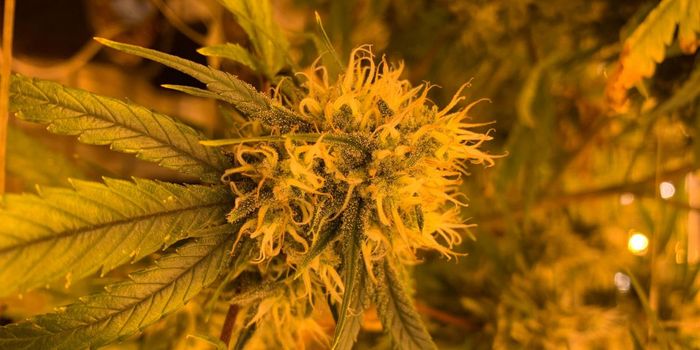Study Indicates Teen Cannabis Vaping is Increasing
Despite a decrease in overall youth substance abuse during the pandemic, cannabis vaping among adolescents is on the rise. According to a study published in the journal Addiction, a Columbia University research team found that vaping is increasingly becoming the preferred method of cannabis delivery, and the frequency of teen vaping is steadily increasing. On average, adolescents within the sample population now engage in cannabis vaping roughly six times per month.
The findings are based on the 2022 Monitoring the Future observational study of youth substance use behavior and related attitudes. This study took place between 2017 and 2019 and included 51,052 adolescents to assess trends and disparities in past 30-day cannabis use. Participants reported their drug use behaviors across three time periods: lifetime, past year, and past month. Demographic factors including sex, race/ethnicity, socioeconomic status, parental education, and urbanicity were all taken into consideration in this large-scale study. The research team found that past 30-day frequent cannabis use with vaping increased from 2.1% to 5.4%, while occasional use with vaping rose from 1.2% to 3.5% from 2017 to 2019. Hispanic/Latino and lower socioeconomic status participants experienced significant increases in the frequency of cannabis vaping. The prevalence specifically among Hispanic/Latino adolescents in 2017 was 2.2% and rose to 6.7% in 2019.
The study also found that teens who vape and smoke tobacco are about 40 times more likely to vape and smoke cannabis. In addition, as teens age, they may be at greater risk for developing cannabis use disorder. High school seniors almost tripled past-30-day prevalence from 5% (2017) to 14% (2019). Cannabis use increased significantly for juniors rising to the senior grade from 2018 to 2019 (7.5%to 14%). According to study author Dr. Katherine Keyes, “This persisting prevalence of daily cannabis use, which in 2020 use was higher than any year since 1981, is of further alarm for several reasons. Heavy levels of cannabis use are associated with adverse cognitive and social outcomes for youth, as well as long-term trajectories of drug use that may have adverse health and other consequences.” This study provides helpful insights for developing effective public health intervention and regulation targeting adolescent health.
More research is needed to understand how cannabis use affects neurological mechanisms and the association between severe teen cannabis abuse and increased risk of adult substance abuse. Guardians, parents, teachers, and youth workers can use effective communication strategies to help teens make informed health choices when it comes to vaping. Creating a safe, judgment-free space to start conversations about cannabis vaping is one recommended strategy.
Sources:
Addiction, Columbia University- Mailman School of Public Health








